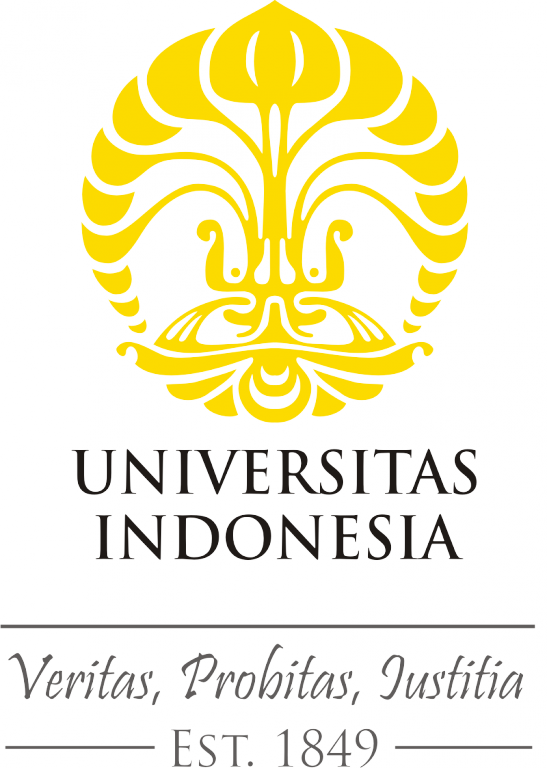
Library Automation and Digital Archive
LONTAR
Fakultas Ilmu KomputerUniversitas Indonesia


| Call Number | SEM-347 |
| Collection Type | Indeks Artikel prosiding/Sem |
| Title | A rapid algorithm for mining fuzzy association rules, 543-547 |
| Author | Amir Ebrahimzadeh, Reza Sheibani; |
| Publisher | Proceedings 2011 4th IEEE International Conference on computer science and information technology Juni 10-12, 2011 Chengdu, China (ICCSIT 2011) |
| Subject | |
| Location |
| Nomor Panggil | ID Koleksi | Status |
|---|---|---|
| SEM-347 | TERSEDIA |